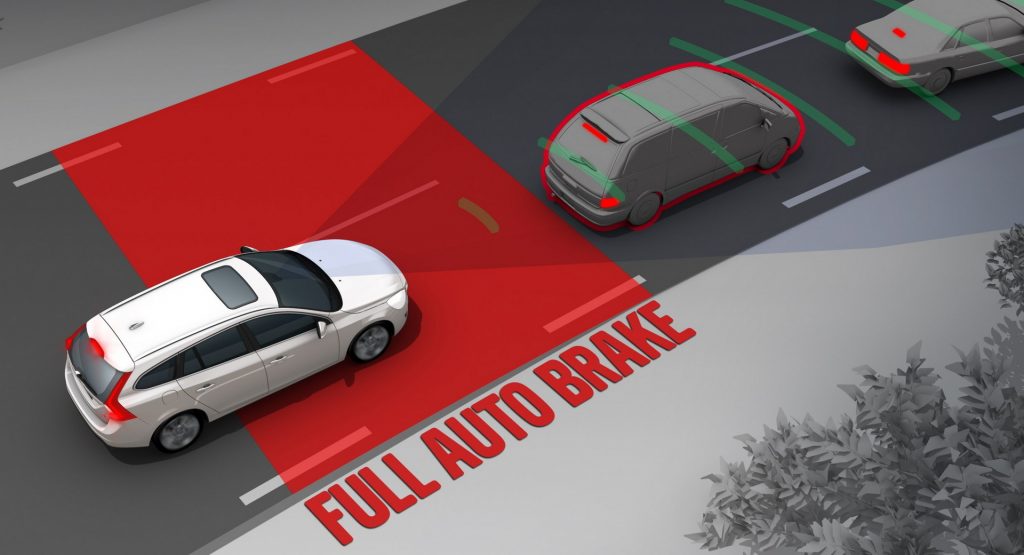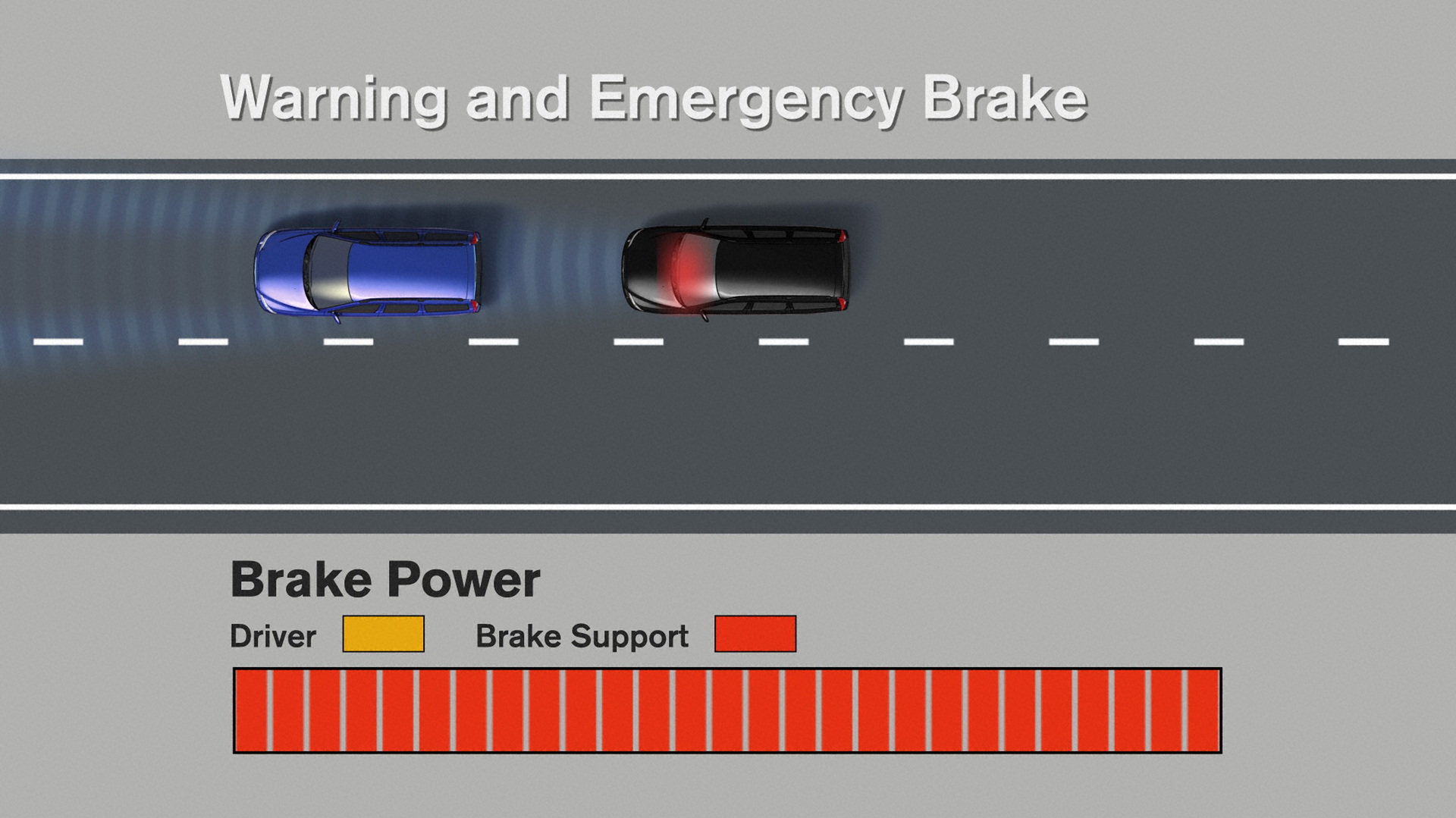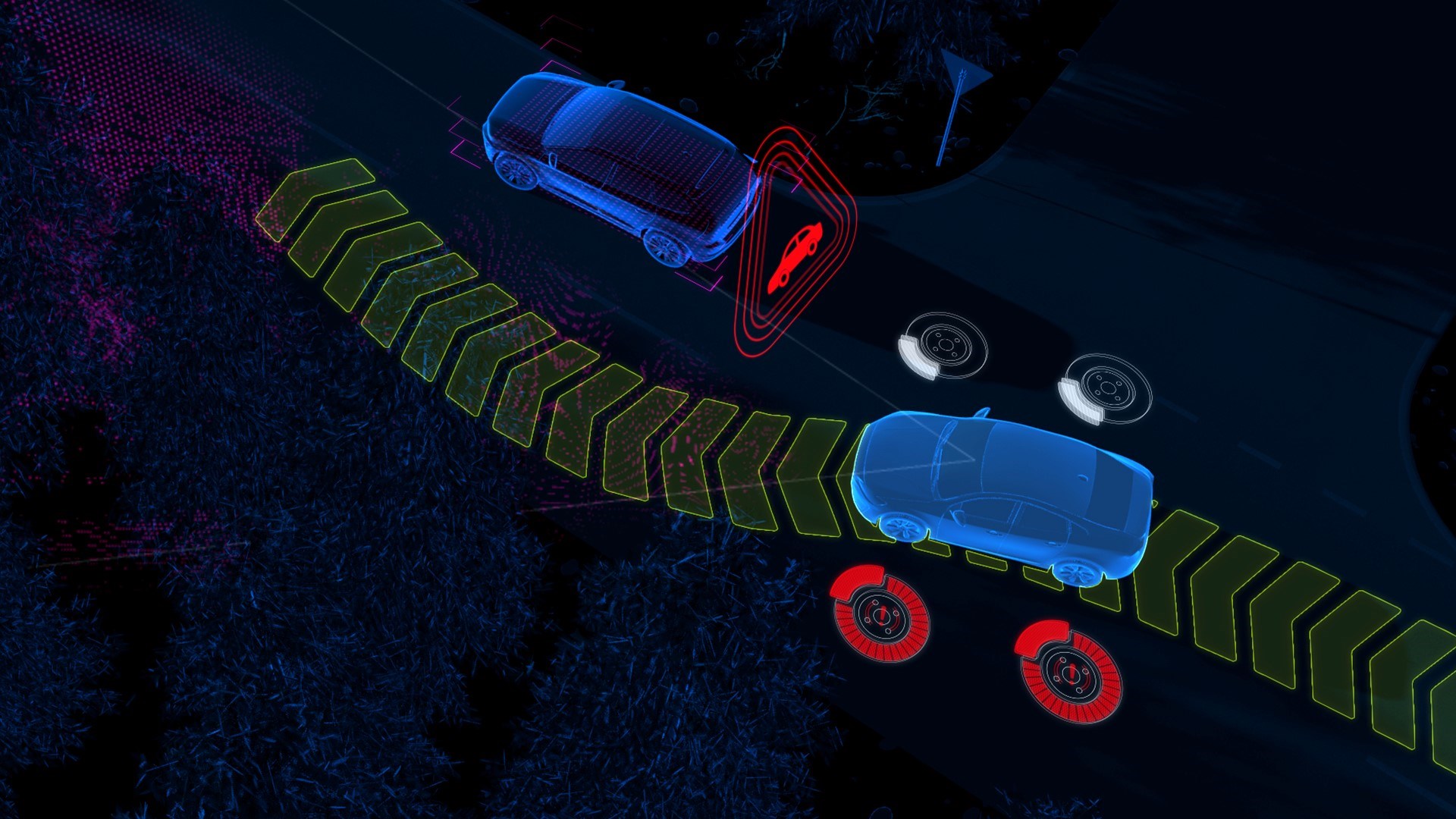The Insurance Institute for Highway Safety (IIHS) announced that it will be making its tests to gauge the effectiveness of automatic emergency braking systems harder to pass. That, it says, is because automakers have met the expectations it set when it introduced the test in 2013.
The majority of new vehicles now come with automatic emergency braking, which is great news for the IIHS. When it introduced the test, it was simply trying to encourage automakers to adopt the technology into their vehicles. That meant that the institute was testing AEB systems at speeds of just 12 mph (19 km/h) and 25 mph (40 km/h).
Those speeds were chosen because IIHS research showed that systems that worked well at them would also work better at higher speeds. Now that the AEB systems are “ubiquitous,” though, the organization says that the test isn’t doing a good job of differentiating between systems.
Read Also: IIHS Will Tackle Misuse Of Advanced Driver Assistance Systems With New Rating System
Indeed, the IIHS found that about 85 percent of the 2022 model year vehicles it has tested so far earn a “Superior” rating. For 2023, that will change because it will start testing the systems at 35 mph (56 km/h) and 45 mph (72 km/h). It will also expand the test to find out how well systems mitigate crashes with motorcycles and large trucks.
The new test should help the IIHS determine how well a system will handle the speeds at which rear-end collisions are most common (on roads with speed limits from 35-45 mph) and accidents in which fatalities are common (with trucks and motorcycles).
The changing test may have an impact on vehicles’ overall ratings since an “Advanced” or “Superior” rating is required to earn a Top Safety Rating+, instead of a simple Top Safety Rating. That should, though, help customers make more informed decisions about the safety of their vehicle.






